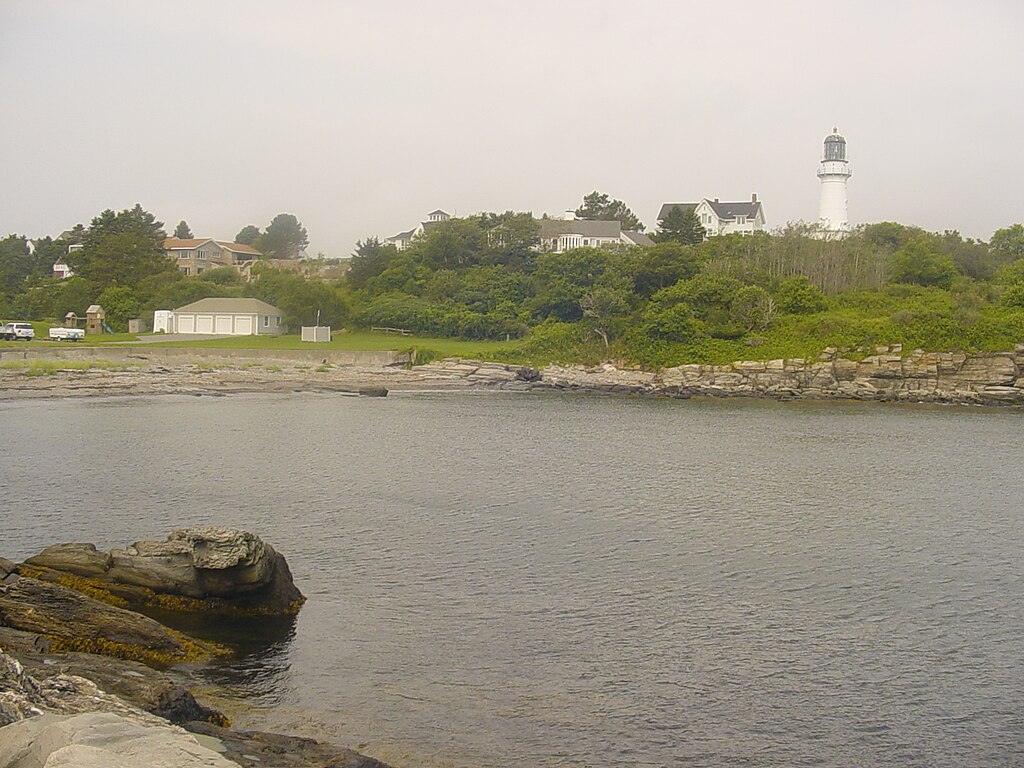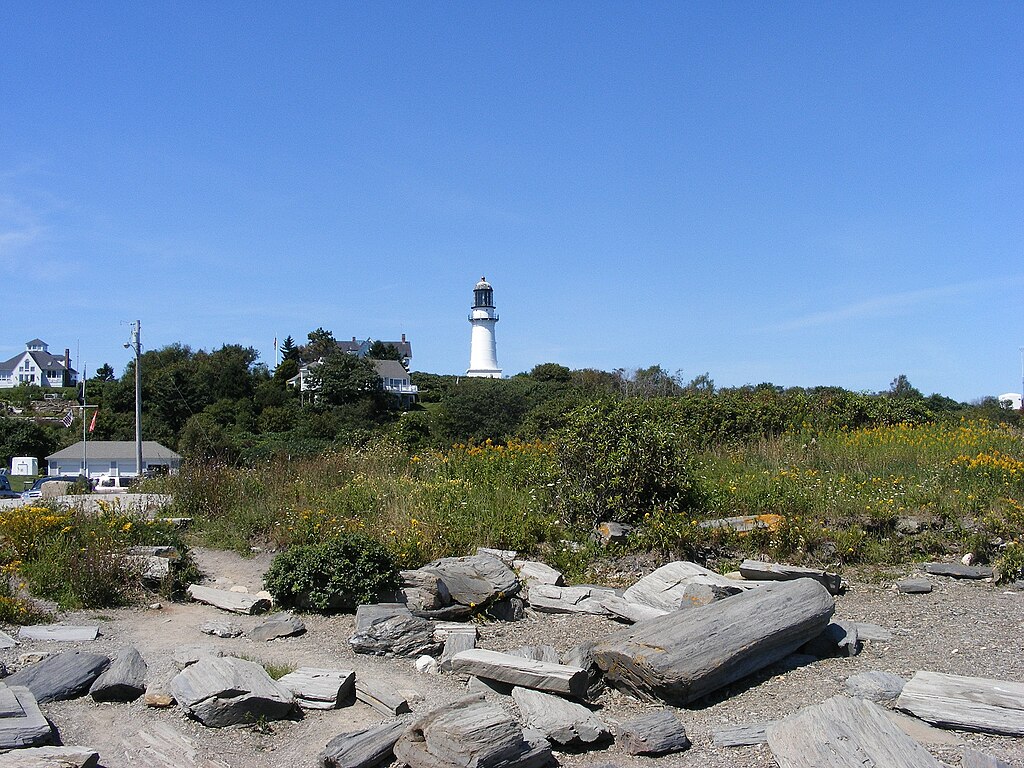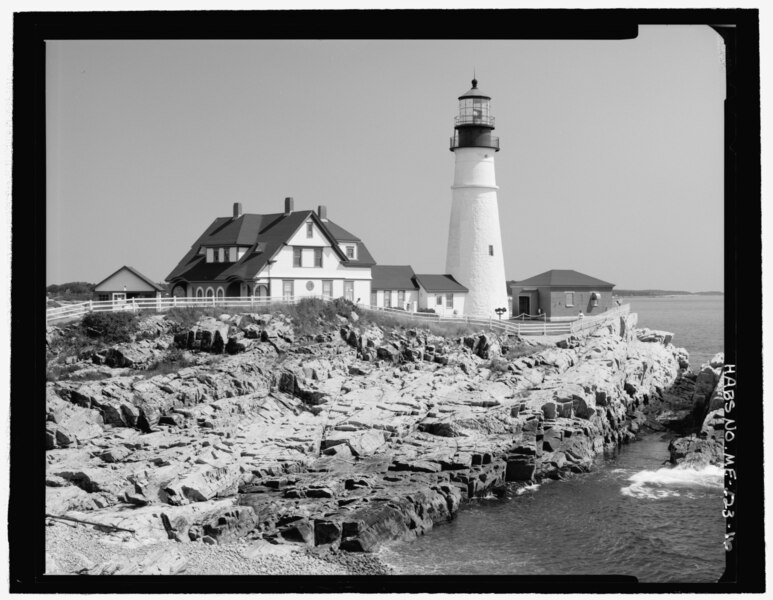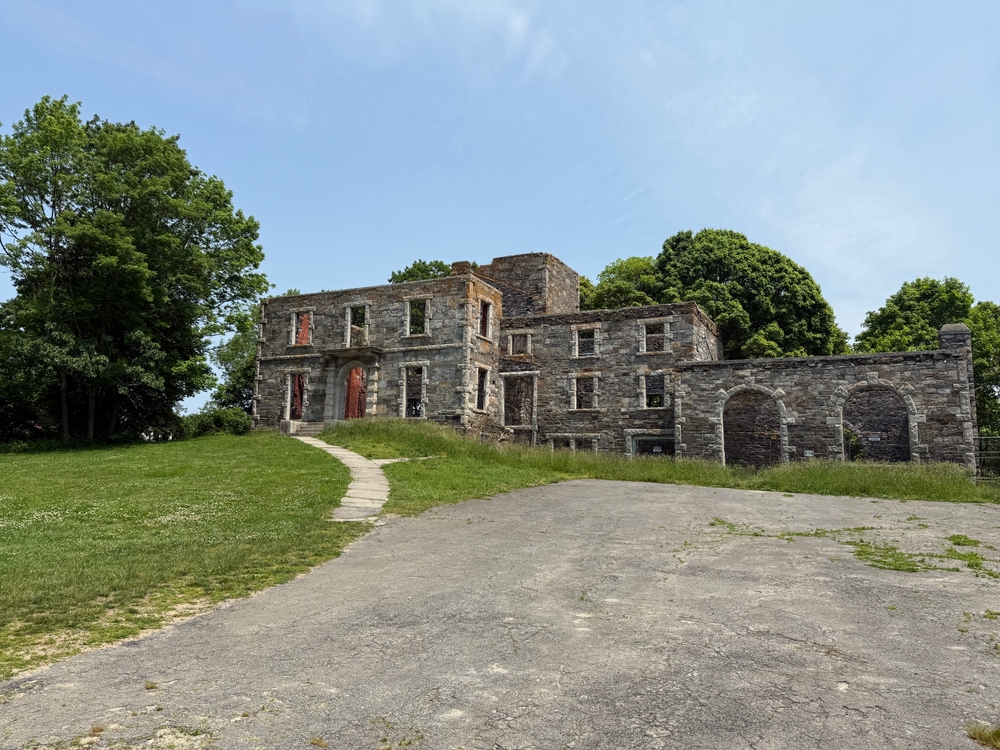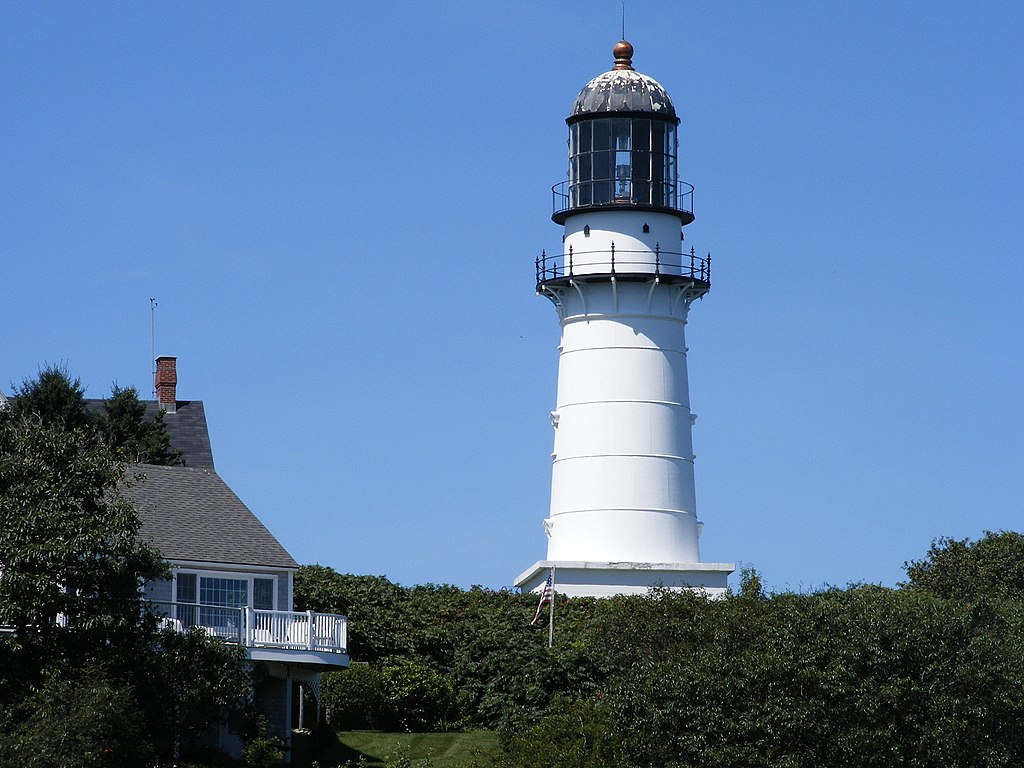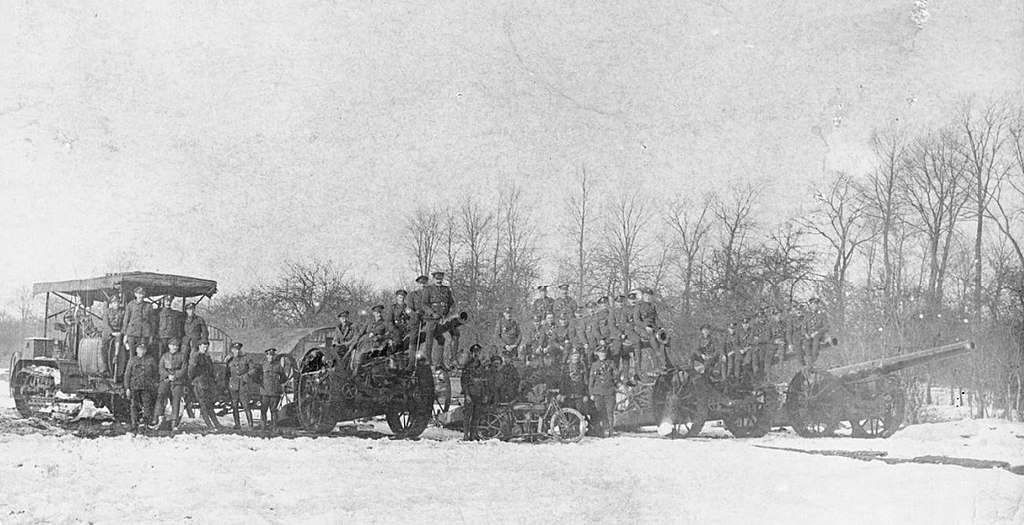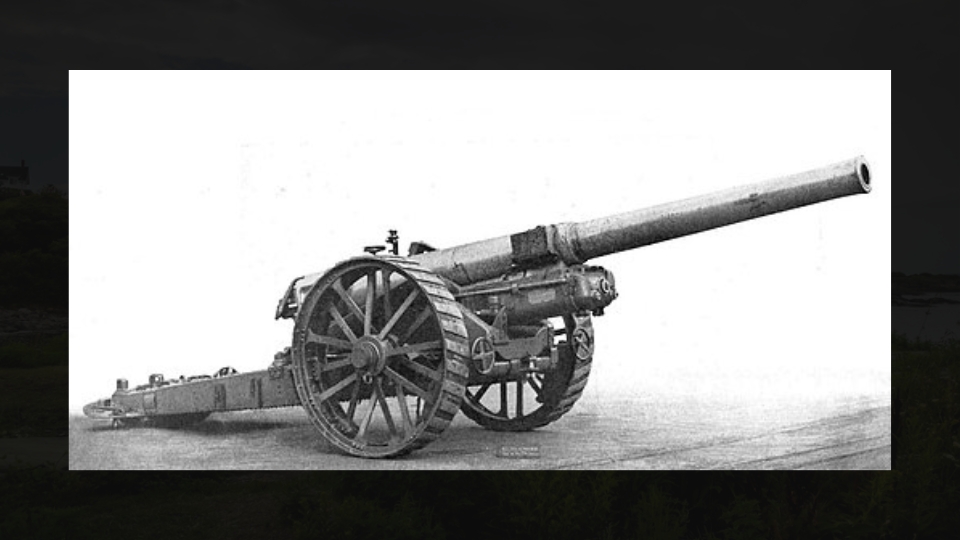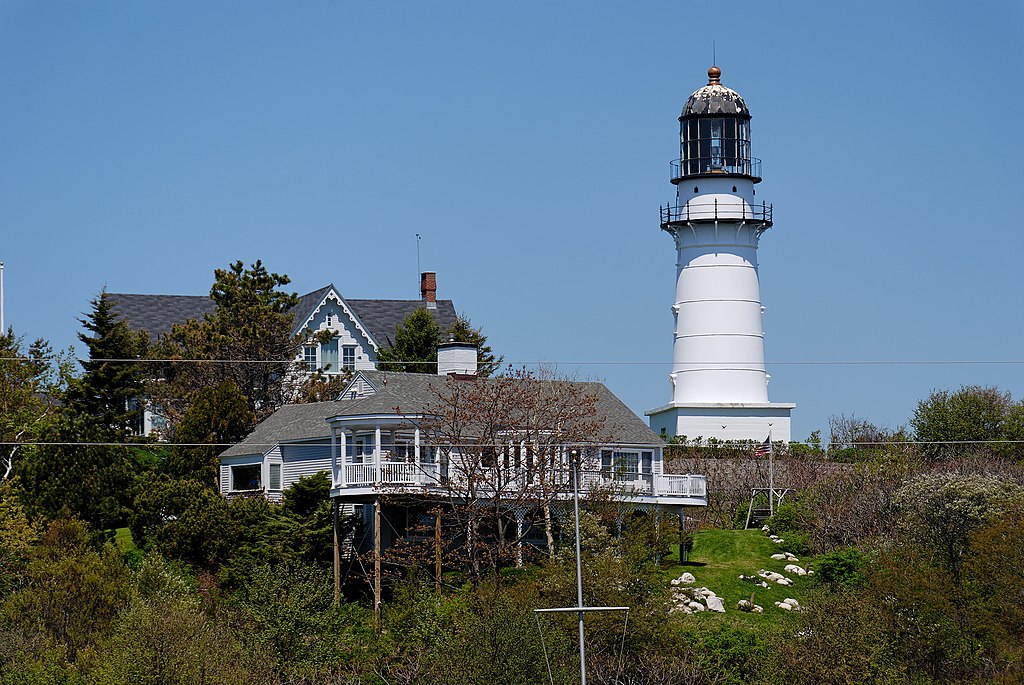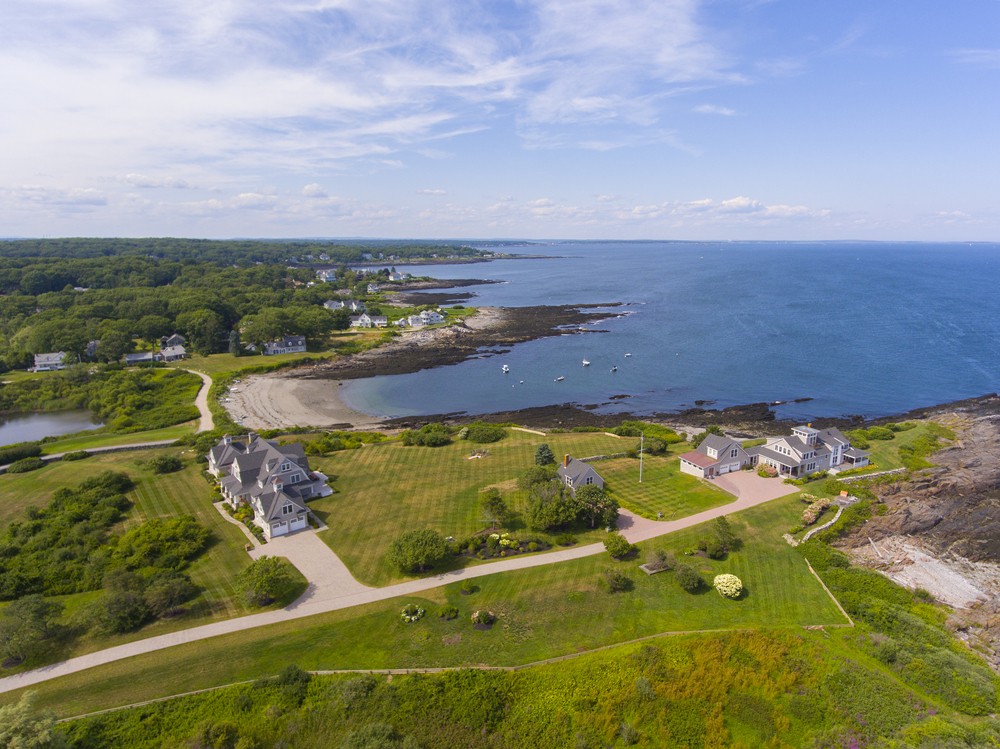Maine
Touch WWII history at this Maine park where massive gun emplacements still remain
-
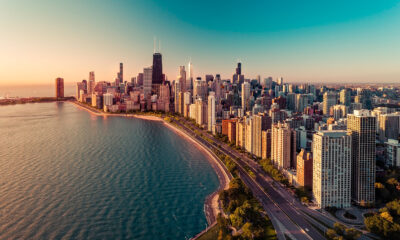
 Illinois3 days ago
Illinois3 days agoHere Are 12 Things People from Illinois Do That Seem Insane To Everyone Else
-
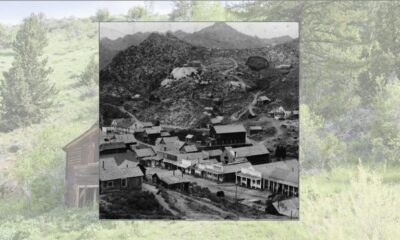
 Idaho7 days ago
Idaho7 days agoMeet the 85-year-old who refused to let his Idaho town die. He stayed alone for 28 years.
-

 Alabama6 days ago
Alabama6 days agoHere Are 12 Things People from Alabama Do That Seem Insane To Everyone Else
-
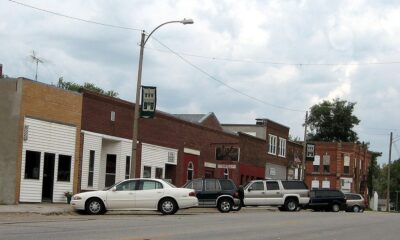
 Iowa2 days ago
Iowa2 days agoIowa’s Underground Railroad site that tragically strengthened slavery
-
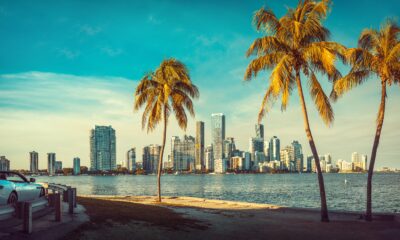
 Florida4 days ago
Florida4 days agoHere Are 12 Things People from Florida Do That Seem Insane To Everyone Else
-
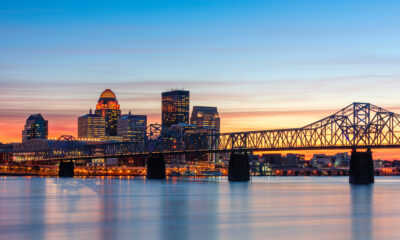
 Kentucky3 days ago
Kentucky3 days agoHere Are 12 Things People from Kentucky Do That Seem Insane To Everyone Else
-

 Minnesota1 day ago
Minnesota1 day agoHere Are 12 Things People from Minnesota Do That Seem Insane To Everyone Else
-

 Indiana3 days ago
Indiana3 days agoHere Are 12 Things People from Indiana Do That Seem Insane To Everyone Else

